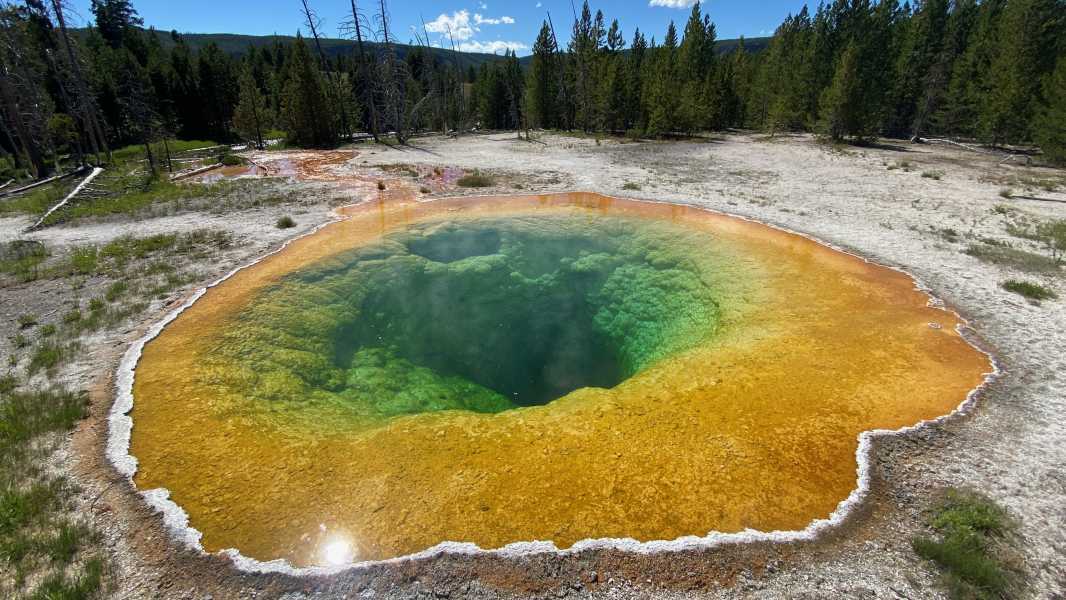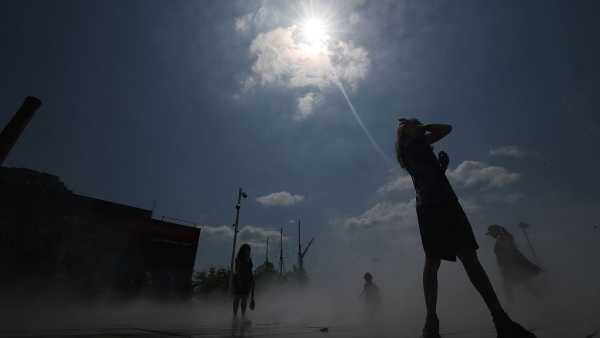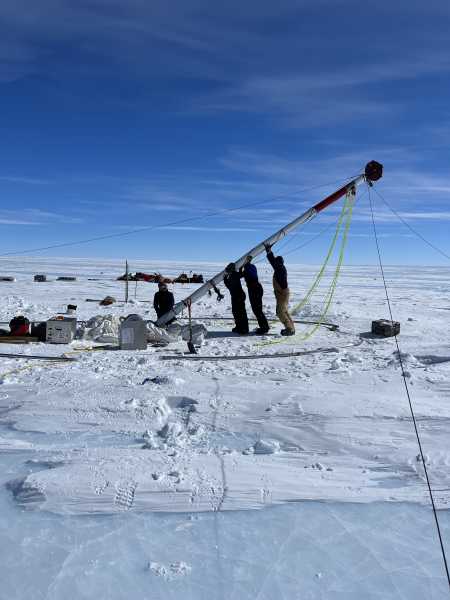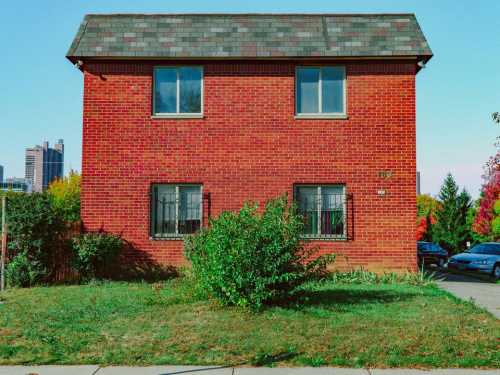
A geyser in the Norris Geyser Basin, located near the site of the Yellowstone earthquake. (Image credit: Stevedunleavy.com via Getty Images)
A small earthquake has struck Yellowstone National Park, affecting the hottest and oldest geothermal area in the area.
A magnitude 3.9 tremor was recorded in the Norris Geyser Basin area of Wyoming on Tuesday (January 28) at 6 p.m. Mountain Time (8 p.m. Eastern Time).
“This earthquake is a normal occurrence in the Yellowstone region and does not indicate any major disturbances. It was reportedly felt by several residents in the Yellowstone area,” the USGS said in a Facebook post.
Scientists classify the strength of earthquakes on a magnitude scale. Earthquakes with a magnitude of about 4 are considered weak, which can be felt by people. According to the USGS, the Yellowstone earthquake was typical for the region.
Yellowstone is located in a seismically active zone and experiences approximately 1,500 to 2,000 earthquakes per year. Most of these tremors are magnitude 2, but some can be higher, as was the case with the recent Norris Geyser Basin event.
Norris Geyser Basin is the hottest and oldest geothermal area in Yellowstone, home to the world's tallest geyser, which shoots hot water and steam 300 to 400 feet (90 to 120 meters) into the air, according to the National Park Service. The basin sits at the junction of two faults — cracks between two blocks of rock that can slip past each other and cause earthquakes.
The most powerful earthquake ever recorded within the park occurred near Norris Geyser Basin in 1975. That quake measured 6.0 on the Richter scale, but damage was minimal and no one was injured, according to the U.S. Geological Survey's Yellowstone Volcano Observatory.
The world experiences about half a million minor earthquakes each year, ranging in magnitude from 2.5 to 5.4. Magnitude 6 quakes occur about 100 times a year and can cause significant damage to populated areas. Scientists consider less common magnitude 7 quakes to be major, while the extremely rare magnitude 8 quakes — about once every year or two — are classified as very large, according to Michigan Technological University.
The strongest recorded earthquake in U.S. history had a maximum magnitude of 9.2. This powerful earthquake struck Alaska in 1964 and caused a tsunami that killed 128 people and caused about $311 million in damage.

Patrick PesterNavigate Social LinksPopular News Author
Patrick Pester is a Live Science news contributor. His articles have also appeared on other science platforms such as BBC Science Focus and Scientific American. Patrick switched his career to journalism after working in zoos and wildlife services. He received a Master's Excellence Fellowship
Sourse: www.livescience.com





